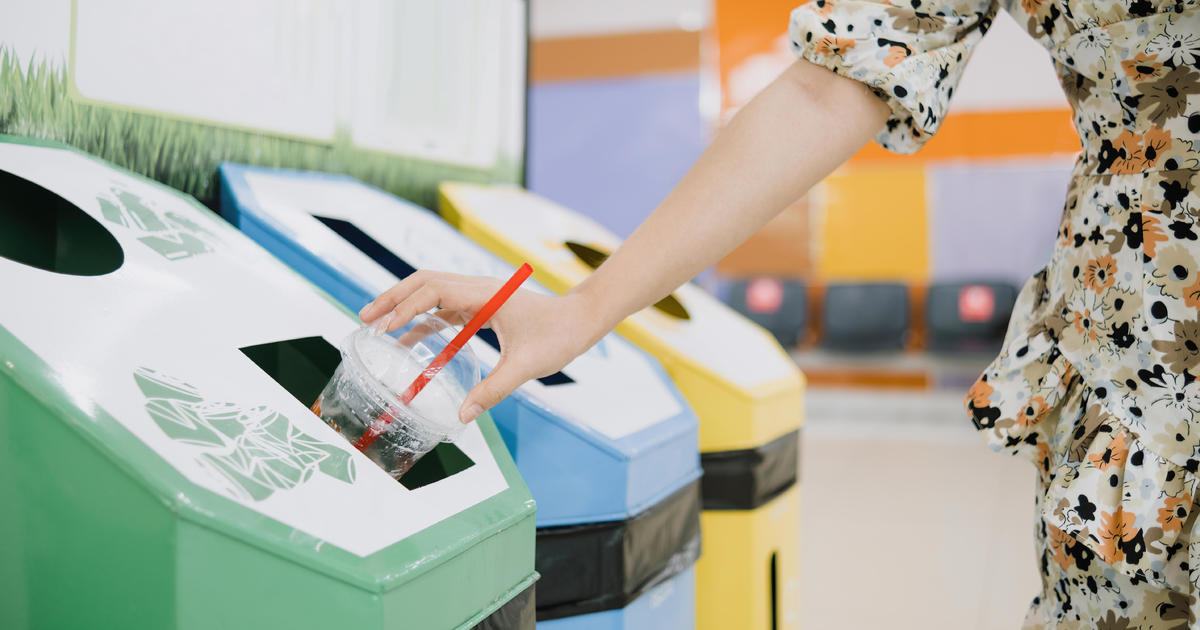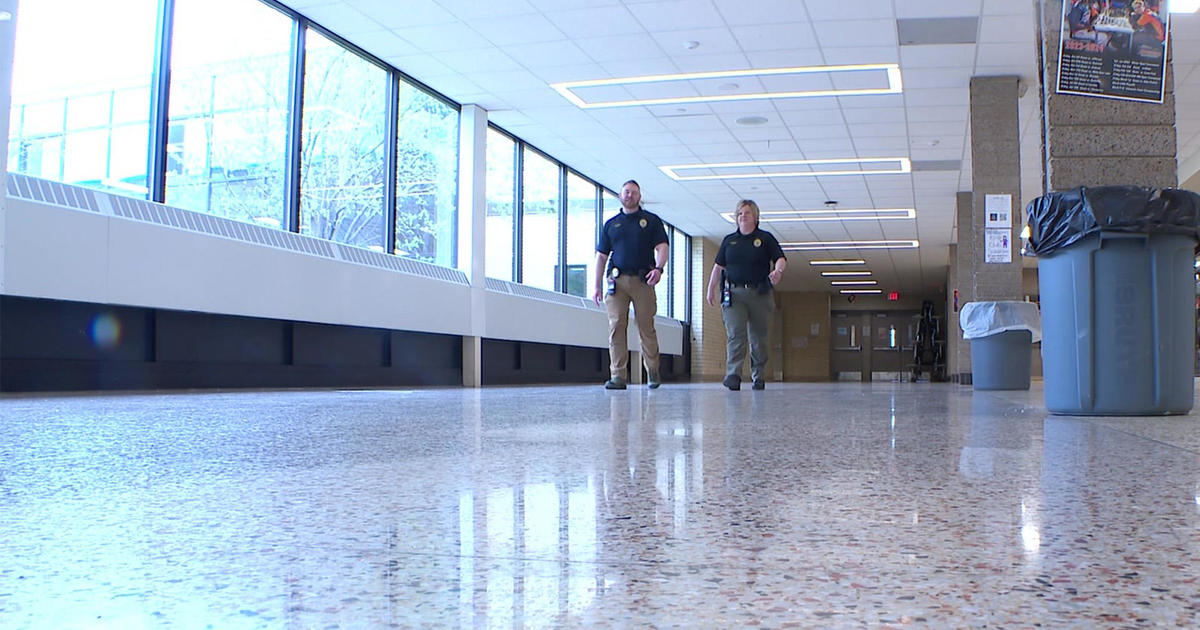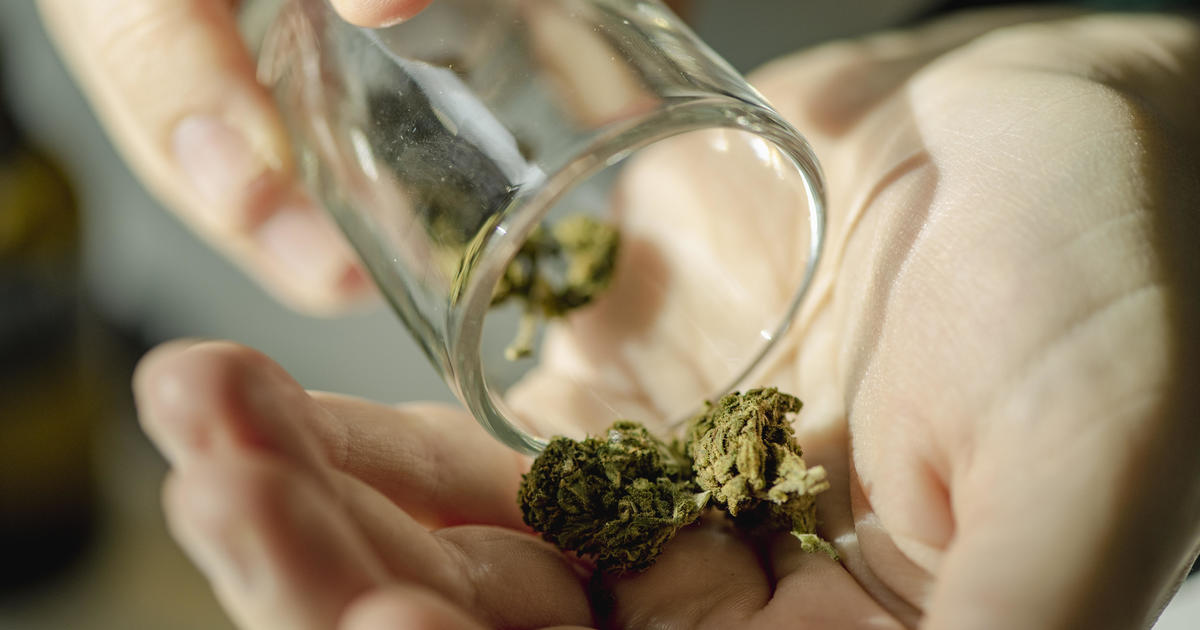How do Minnesota apples get from the orchard to the store?
MINNEAPOLIS (WCCO) -- Every year, Minnesota farms and orchards produce between 20 to 25 million pounds of apples, putting the state in the middle of the pack for apple production across the country.
So now that we're in the heart of apple season, how do the Minnesota apples get from the orchard to the store? Good Question.
Seven days a week during September and much of October, people are picking apples at Untiedt's Vegetable Farm in central Wright County.
All of the picking is done by hand to protect the fruit.
At Untiedt's, they harvest plenty of Minnesota varieties, including Harrelson, Keepsake, SweeTango, SnowSweet, Zestar and more. For the thin-skinned, high-demand Honeycrisp apples, the process requires extra care and time.
"First, we're selecting for color, then we're looking for defect," said Jerry Untiedt. "And then we cut each stem below the perimeter line so it won't stab or puncture the other apples."
Untiedt said all the apples collected one day could be in the store as soon as the following day.
Once picked in the orchards, the apples are then transported to the Untiedt's packing facility nearby. There they are hand-polished to remove any field dust or calcium from the fruit.
During Minnesota's apple season, Jerry said he rarely has to refrigerate any apples because the demand is so large.
From the packing facility, Untiedt's delivers four days a week to customers, including all eleven Kowalski's markets in the metro area.
"Minnesota Honeycrisps? These won't last long," said Max Maddaus, produce director for Kowalski's.
He said several dozen totes of that apple variety will be sold within a day or two.
Food safety experts with University of Minnesota Extension recommend washing all fresh produce with water and friction before peeling, cutting and eating. They do not recommend using bleach or soaps because it can absorb into the product and change the taste of the food. And, if there is any pesticide residue on the fruit or vegetable, it should be an amount under regulations and safe to eat.




